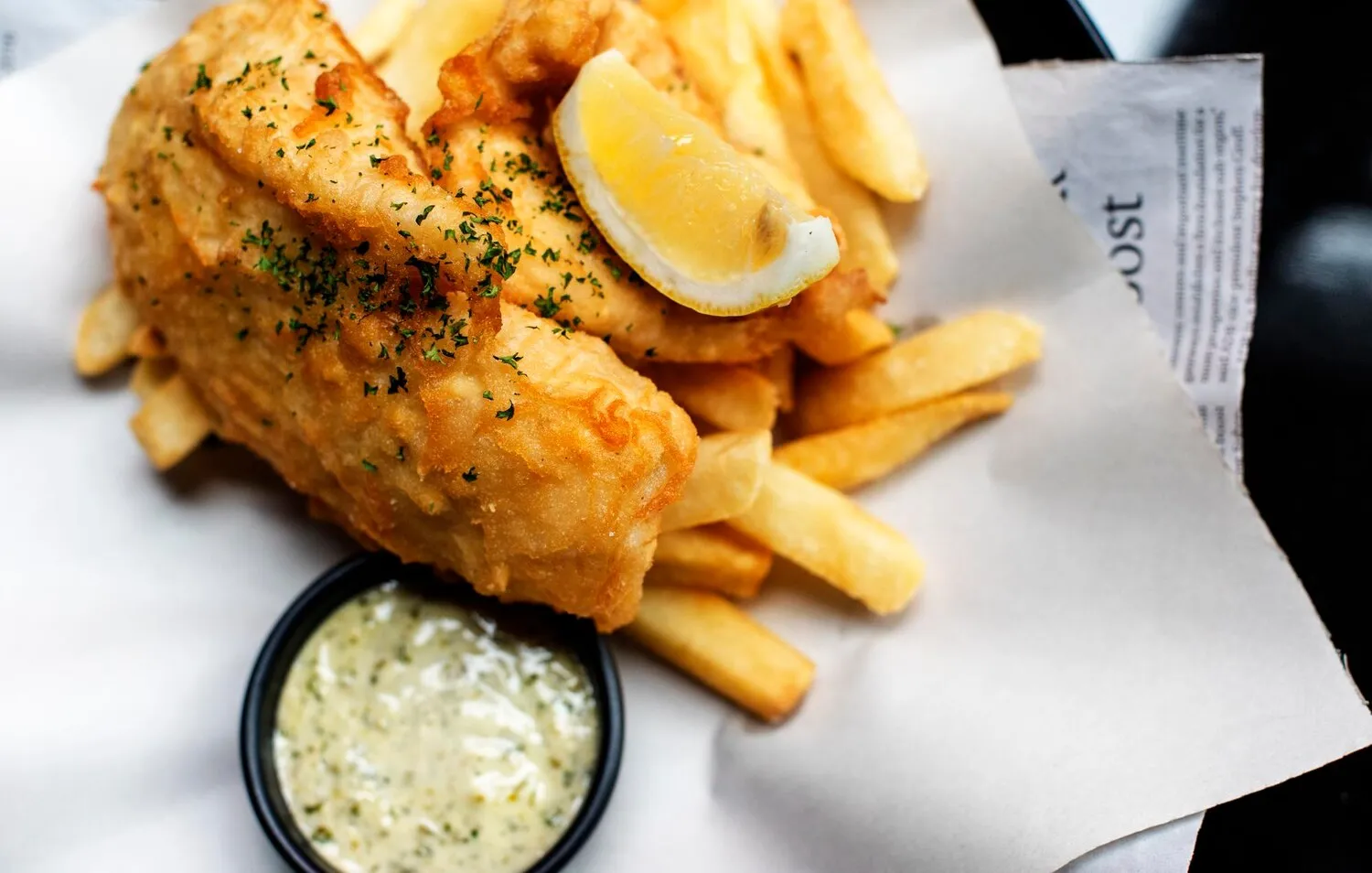
Arctic Char
Often mentioned in reviews, likely a popular dish featuring locally sourced Arctic Char, prepared in a flavorful way (details vary in reviews).
Nutrition Facts
* The % Daily Value (DV) tells you how much a nutrient in a serving of food contributes to a daily diet. 2,000 calories a day is used for general nutrition advice.
Arctic Char has been a staple food source for indigenous communities in Arctic regions for thousands of years. Its sustainability and adaptability to cold climates have made it a vital resource for survival and cultural practices. Modern culinary interest has led to its wider availability and diverse preparations.
Arctic Char holds significant cultural importance for indigenous communities across the Arctic. It's not only a food source but also plays a role in traditional ceremonies, storytelling, and artistic expression.
Indigenous Sustenance
For centuries, Arctic Char has been a crucial source of protein and essential nutrients for Inuit, Sami, and other Arctic peoples. Traditional fishing techniques and sustainable harvesting practices have ensured the fish's availability for generations.
Cultural Celebrations
In some indigenous cultures, Arctic Char is featured in feasts and celebrations, representing abundance and prosperity. Specific preparations and presentations may be reserved for special occasions.
Storytelling and Art
Arctic Char often appears in indigenous folklore and art, symbolizing the connection between people and the natural environment. The fish's lifecycle and migrations are often depicted in traditional stories and artwork.
Arctic Char boasts a delicate, slightly sweet flavor profile with subtle nuances that vary depending on its diet and environment. It's often compared to salmon and trout, but is generally considered milder and less oily.
The flavor of Arctic Char is influenced by its diet of crustaceans, insects, and other small fish. Its flesh is typically pink to red, similar to salmon, and it offers a clean, fresh taste with a hint of sweetness. When cooked, the flesh becomes flaky and tender. Common preparations highlight its natural flavor with simple seasonings like salt, pepper, and lemon. Some preparations also incorporate herbs like dill, parsley, or thyme, and ingredients like garlic, butter, or white wine to complement its delicate taste.
Don't Overcook
Arctic Char is best enjoyed when cooked to medium or medium-rare. Overcooking can result in dry, tough flesh. Use a thermometer to ensure an internal temperature of around 145°F (63°C).
Skin-On Cooking
Cooking Arctic Char skin-side down in a hot pan creates crispy, flavorful skin. Score the skin lightly before cooking to prevent it from curling. Press down on the fillet with a spatula for even cooking.
Simple Seasoning
Arctic Char has a delicate flavor that is easily overwhelmed. Simple seasonings like salt, pepper, lemon juice, and fresh herbs are often the best choice. Avoid heavy sauces or spices that can mask the fish's natural taste.
Explore additional Canadian dishes and restaurants
Explore CanadianDiscover top dining spots and culinary experiences in Yellowknife.
Explore YellowknifeLearn more about the food culture, restaurant scene, and culinary heritage of Canada.
Explore Canada
